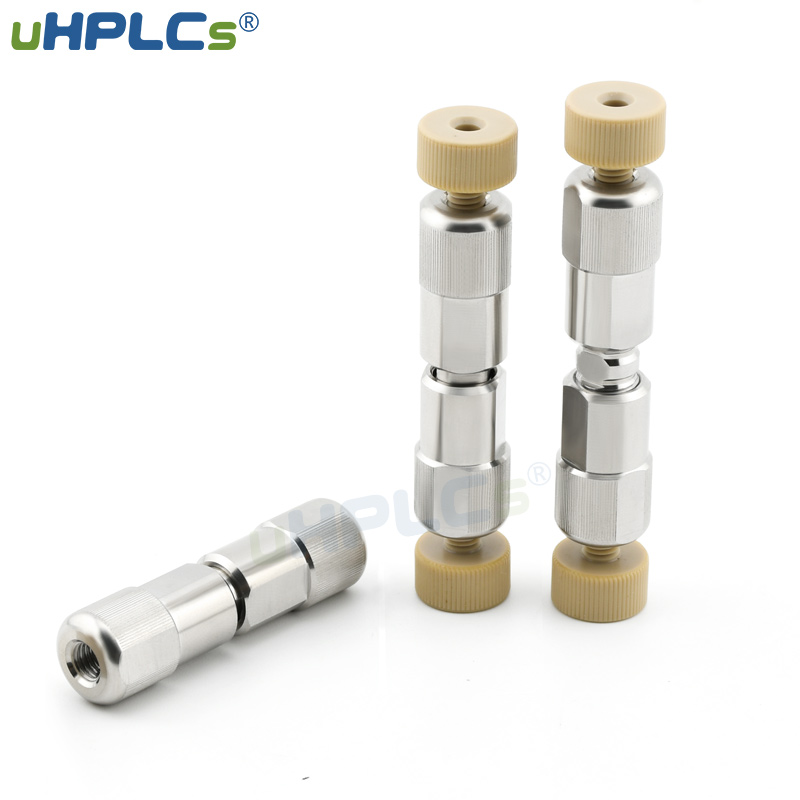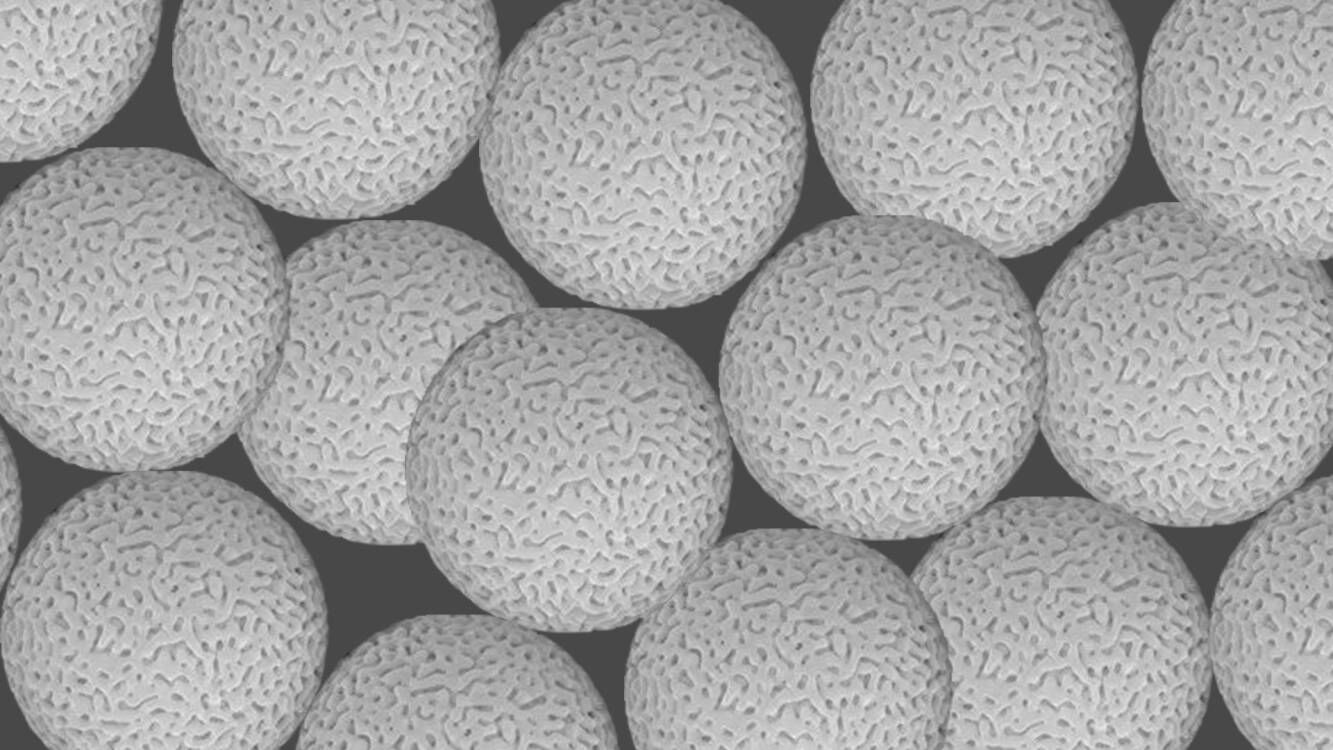This paper focuses on rapid liquid chromatography and high performance liquid chromatography. There is no perfect protocol for every separation purpose. Therefore, it is recommended to optimize the approach for your particular application. With the recommendations listed in this article and some upfront reading and testing, you’ll easily be able to purify the components you’re looking for.
First,rapid liquid chromatography purification
The disadvantage of using rapid chromatography for purification is the inherent low resolution of the method. Rapid liquid chromatography columns use larger particle sizes and column capacities, allowing for the use of more starting materials, but at the expense of resolution and purity. If the compound does not require higher purity, or if HPLC is the next step, this may be your choice.
1.Determine the solvent system
The purity of the sample (i.e. how many compounds are in the mixture) can be qualitatively determined using thin layer chromatography (TLC) and the relative polarity of the components. Using TLC to pre-screen the best mobile and stationary phases will save time and money. Depending on the solvent used, you may need to run the column in a fume hood because of potentially dangerous fumes.
2. Determine the columns to use
Sample quantity should be considered when selecting separation column. Column loading varies with particle size and volume. Generally, the maximum loading capacity of a RAPID liquid chromatography column is about 10% by weight of silica gel. Larger columns can handle a kilogram number of columns, but if you don’t have that much starting material, you’ll just waste money on silica gel and extra solvents to run these large columns. After determining the liquid analysis column, matrix, and solvent, you are ready for rapid separation.
3. Liquid chromatography column
Whether you install the column yourself or purchase a pre-loaded column, the ratio of silica gel to compound by weight (i.e., silica gel: compound) will help you achieve a more efficient separation. A variety of silica gel chromatographic columns are available, such as uHPLCs HPLC C18-AQ analytical columns with greater retention and selectivity for hydrophilic and polar compounds.
Ratios of 30:1 to 50:1 are required if less complex solutions are included for separation, but more complex separations may require ratios as high as 120:1. When running the column manually, do not let the solvent line be lower than the silica gel, otherwise the pores will form long lines in the silica gel that look like cracks. This greatly reduces the efficiency of separation.
Second, HPLC purification
Running samples on HPLC is fairly simple, as many of the parameters identified during prepurification on a RAPID liquid chromatography column can be applied to the process. If you are running HPLC separations without a pre-purification step, consider using the guidelines listed above to develop an appropriate HPLC method. Another consideration when using HPLC is the calculated back pressure. Because the smaller particle size of HPLC columns enables higher quality separations, these systems tend to operate under high-pressure conditions, with relatively low pressures for flash separations. The estimated back pressure was calculated using information about particle size and shape, column diameter, and solvent specifications.
Finally, a brief discussion with a HPLCS support specialist can save you valuable time and enable you to separate compounds in a split second!
Post time: Jul-02-2022








